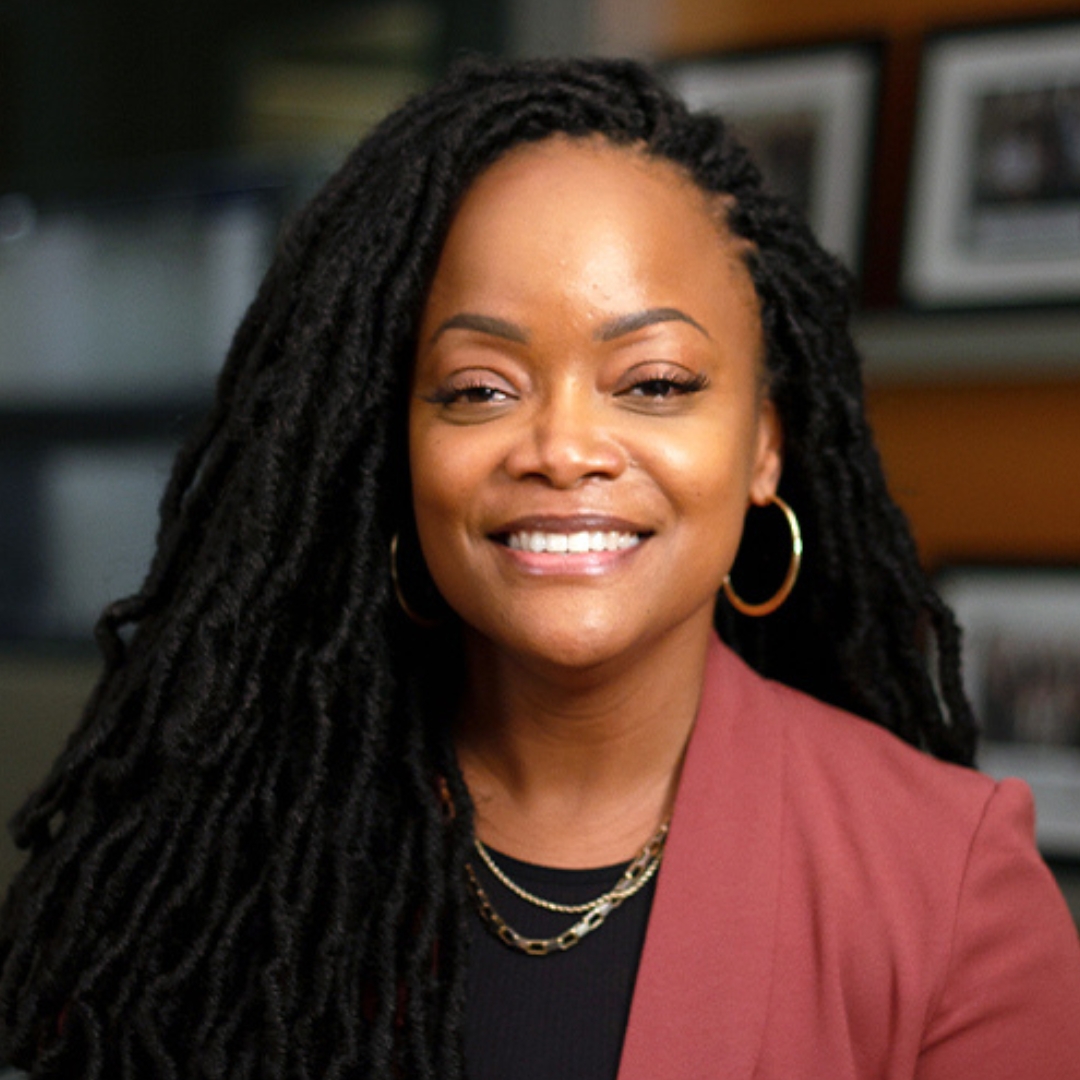Dr. Ryan Brydges, scientist at The Wilson Centre at University Health Network (UHN), is also Director of Research at the Allan Waters Family Simulation Centre and associate professor at Temerty Faculty of Medicine, University of Toronto. (Photo: UHN)
A study from The Institute for Education Research (TIER) at UHN suggests that an underused health care education strategy could perform as well as current models while requiring less resources.
Currently, the most used instructional approach is called “mastery learning.” This approach focuses on developing students’ conceptual knowledge through integrated instruction and testing from an educator. However, as health care practice evolves, practitioners are faced with the need to “think outside the box” to address clinical problems they have not previously encountered.
“There’s a need for ways of teaching that help to prime clinicians for future learning,” explains Dr. Ryan Brydges, an affiliate scientist at TIER. “Our goal is to study how different training interventions impact a learner’s capacity to use resources and develop strategies to solve novel problems.”
To study various teaching approaches, the research team conducted a trial in which participants were split into small groups of approximately 20 individuals. Each group attended two learning sessions on how to complete a particular task using one of the learning approaches.
Pre- and post-examinations were completed so that the research team could assess the participants’ ability to perform the task.
The three instructional approaches that were taught are:
- mastery learning: the current teaching standard, which involves guided teaching with an instructor
- invent and problem-solve, followed by instruction: comprises an “invention phase” where students are free to experiment and fail, in order to learn the structural features of the problem; followed by formal instruction
- instruction-then-problem-solving: Formal instruction is provided first, then students can practice with supervision

Their results indicate that the “invent and problem-solve, followed by instruction” approach is comparable, in terms of skills acquisition and preparation for future learning, to the other two approaches, which are already in use.
“Our findings question the preference that we currently have for the mastery learning approach, which requires a significant investment in time, consumables and human resources,” says Dr. Brydges.
Although this study has some limitations, such as the limited number of participants, it offers opportunities for future studies.
Future research will be focused on considering the cost-effectiveness of the resources needed for the different teaching approaches.
This work was supported in part by donors to UHN Foundation.



